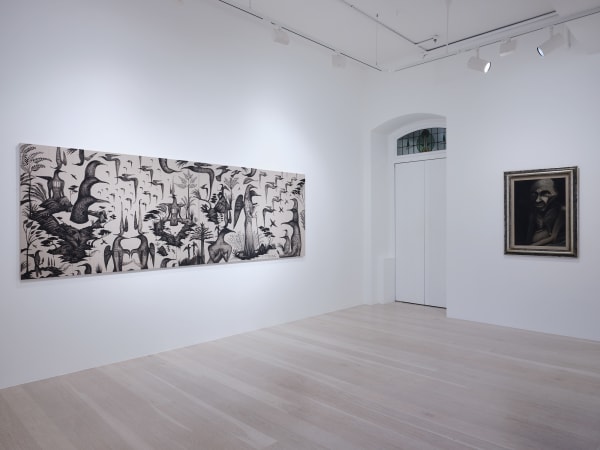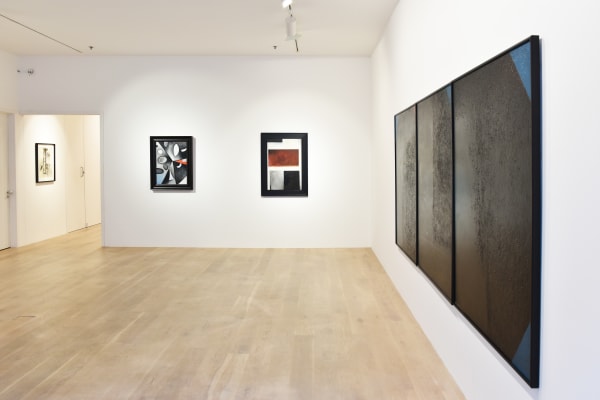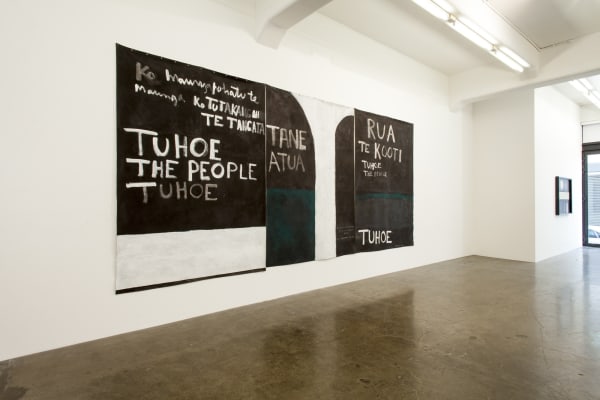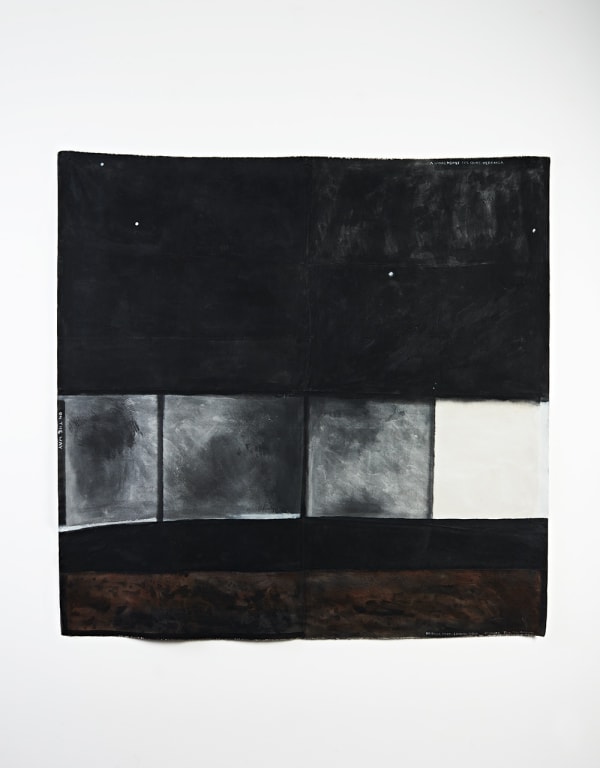Colin McCahon
1919-1987, b. Timaru
Lived and worked in Auckland
Colin McCahon is now regarded as one of New Zealand's greatest painters and is undoubtedly New Zealand’s most well known twentieth century artist. As both an artist and writer he has had a profound influence not only on the modern generation of New Zealand painters but also on the way in which New Zealanders see their landscape. While his work traversed subjects as diverse as landscape, identity, religion, faith, doubt and the threat of warfare, his ultimate concern was the human condition.
McCahon was born in Timaru in 1919 and spent most of his youth in Dunedin. He attended Otago Boys’ High School and, while his experience there was largely unhappy, he found some enjoyment in the weekend art lessons he received from Russell Clark.
In 1937 McCahon enrolled at the Dunedin School of Art. During his two years there he was introduced to many people who would influence his later work, including teachers Robert Field, Gordon Tovey and Douglas Charlton Edgar, and students Doris Lusk, his future wife Anne Hamblett (a former student and friend of influential New Zealand artist Toss Woollaston) and Rodney Kennedy.
McCahon’s early landscape paintings reveal his interest in Cezanne, Gauguin and the cubists; influences that were revived in 1951 after he visited Melbourne cubist painter Mary Cockburn-Mercer. In 1946 the first of his religious paintings emerged, illustrating the beginning of McCahon’s lifelong exploration of themes relating to faith, spirituality, life and death. Many of these works, such as The King of the Jews of 1947, incorporated text within the painting, often in the form of cartoon-inspired speech bubbles which enabled the biblical figures to speak.
This use of text later expanded to include writing in Maori, writing by New Zealand poet John Caselberg and the incorporation of numbers. Employed to aid him in better communicating with the viewers of his work, McCahon’s attraction to text was in part inspired by his recollections of the sign-writing on shop windows he had seen and admired as a child.
A pivotal moment in McCahon’s career came in 1958 when a Carnegie Grant enabled him to paint and study in the USA. After seeing in person work by many of Europe and America’s great painters, McCahon returned to New Zealand with a new appreciation for large scale work. He began to create ‘paintings to walk by’, resulting in large landscape abstractions on panels of unstretched canvas.
After periods working at the Auckland public art gallery and as a lecturer at the Elam School of Fine Arts in Auckland, McCahon devoted himself to painting full time from 1970.
McCahon’s relationship with the Auckland’s western suburbs played a significant role in much of his work. After living in West Auckland’s Titirangi for a period during the 1950s, McCahon later established a studio at Muriwai Beach where several major series based in this part of Auckland were produced. Many of these works, dating from the 1970s, relate to Auckland’s west coast and were inspired by McCahon’s environmental concerns for the region, prompted initially by his observations of the gannet colony living amongst the beach’s cliffs.
McCahon’s interest in poetry and biblical literature was to culminate during his final decade, resulting in his large scale word paintings which consisted purely of white text on a black ground. These are amongst the artist’s most powerful works, their stark appearance and solemn passages imparting messages of both faith and doubt.
Not only was McCahon a remarkable painter, but the critical thought and philosophical enquiry of his works carry great weight, continuing to resonate with viewers today. His works are held in all major public and private collections throughout New Zealand and in many collections and institutions worldwide.
-

In that stone, in that cyclone, in that leaf
Group Exhibition 2 - 26 Jul 2025 Auckland CityEarlier this year, wildfires rocked the Greater Los Angeles area, destroying thousands of buildings and burning over 50,000 acres. Extreme weather events – cyclones, rainstorms and floods – are increasing with the impacts of climate change, which pose a very real threat for Pacific nations. This exhibition, In that stone, in that cyclone, in that leaf, brings together a group of artists whose practices explore and expand contemporary perspectives on place, identity and environmental concerns in Aotearoa and Te Moana-nui-a-Kiwa. It features the work of represented artists Shane Cotton, Brett Graham, Reuben Paterson, Patricia Piccinini, John Pule and John Walsh, with invited artists Star Gossage, Emily Karaka and Yuki Kihara, and the late influential painter Colin McCahon (1919-1987).Read more -

Colin McCahon: A Journey
23 Nov 2024 - 25 Jan 2025 OnehungaReflecting on the journey of one of Aotearoa’s most celebrated modernist artists, Gow Langsford is delighted to present a solo exhibition of works by Colin McCahon at our Onehunga flagship gallery. Spanning four decades, with works from 1947 through to the end of his career in the 1980s, the exhibition offers a rich insight into the evolution of his artistic voice and the social, cultural, and personal contexts that shaped his practice. As McCahon stated in his 1972 Survey Exhibition Catalogue: “My painting is almost entirely autobiographical—it tells you where I am at any given time, where I am living and the direction I am pointing in.”Read more
McCahon’s legacy is far-reaching and remains vital in today’s world. His bold integration of text and image, alongside his engagement with existential inquiries, continues to influence contemporary artists in Aotearoa and beyond. This survey exhibition not only celebrates McCahon’s pioneering role in modern art but also explores the enduring relevance of his work. His practice continues to challenge viewers to reflect on the human condition and our relationship with the land, faith, and wider society. -

This Must Be the Place
Inaugural Exhibition 6 Apr - 4 May 2024 OnehungaThis Must Be the Place is the inaugural exhibition at Gow Langsford’s flagship Onehunga premises. It brings together the work of a diverse range of artists who respond to themes of place, belonging, and cultural legacy. In examining locality in Aotearoa and Oceania through a modern and contemporary lens, This Must Be the Place showcases a diverse range of practices and contextual frameworks from the region.Read more -

Colin McCahon
22 Feb - 18 Mar 2023 Auckland CityThis exhibition is made up of works from two seminal series by Colin McCahon (1919-1987); The Flight From Egypt, 1980 and Angels and Bed, 1976-1977. Both created toward the end of his painting career, they show a deep engagement with the spiritual and emotional dimension of human experience and evidence a lifetime spent asking questions through painting.Read more -

Group Exhibition
9 Nov - 3 Dec 2022 Auckland CityThis exhibition celebrates the monochromatic with works by Shane Cotton, Ralph Hotere, Colin McCahon, Richard Killeen and Gordon Walters.Read more -

Revere
Group Exhibition 21 Sep - 15 Oct 2022 Auckland CityThis exhibition brings together a collection of works by this country's most distinguished artists.Read more -

Across the Earth: 100 Years of Colin McCahon
10 Jul - 3 Aug 2019 Lorne Street [2008 - 2021]To mark the centenary of Colin McCahon’s birth, Gow Langsford Gallery celebrates the preeminent New Zealand modernist with an exhibition of his paintings on loose canvas. Across the Earth: 100 years of Colin McCahon unites a collection of significant paintings that exemplify the artist’s distinctive treatment of the New Zealand landscape, and demonstrates the austere spiritualism endemic to his practice. Focussing on loose canvases of McCahon’s Muriwai period, the exhibition explores the immediacy of raw materials in the works of the giant of New Zealand painting.Read more -

Colin McCahon
7 May - 7 Jul 2018 Auckland CityFollowing the success of our recent presentation at Art Basel Hong Kong, this exhibition brings together paintings from several of Colin McCahon’s most formative stages and will reflect the significance of a home-grown artist, whose stature in Australasia can only be compared to the influence that artists such as Jackson Pollock, Robert Motherwell and Mark Rothko had on American art. Spanning two decades of his career - from 1958 to 1977 - the show documents the scope of the artist’s evolving concerns: the relationship between Maori and the New Zealand landscape, as well as the influence of early settlers and their beliefs on this revered land.Read more -

New Zealand Light
Group Exhibition 28 Jun - 22 Jul 2017 Auckland CityNew Zealand Light is a group exhibition which celebrates five of New Zealand's most significant modern artists, Colin McCahon, Gordon Walters, Ralph Hotere, Shane Cotton, and Peter Robinson. The common thread that runs through their respective practices is their masterful ability to convey reflections of light within a largely monochromatic palette. Shadows rise to the surface or fall back between layers of foreground and background, their shifting nature reflecting equally tumultuous periods of political and social upheaval in New Zealand’s cultural history.Read more -

Summer Exhibition
Group Exhibition 18 Jan - 4 Feb 2017 Lorne Street [2008 - 2021]Gow Langsford Gallery starts our 2017 calendar with a largely monochromatic painting exhibition. It includes works by Don Binney, Hugo Koha Lindsay, Richard Lewer, Reuben Paterson, Colin McCahon, Max Gimblett and Gordon Walters.Read more -

The Chief of the Canoe
Colin McCahon 24 Jun - 18 Jul 2015 Lorne Street [2008 - 2021]Colin McCahon: Chief of the Canoe is a collection of significant works by Colin McCahon. The title of the exhibition borrows from the eight panelled The Canoe Tainui – an epical work from 1969 and metaphorically instates McCahon as a leader of twentieth century New Zealand art.Read more
Colin McCahon: Chief of the Canoe brings together a grouping of masterworks and includes paintings from the Elias (1959), Visible Mysteries (1968) and Jump (1974) series’ and an early religious work (1947). -

The Titirangi Years, 1953 – 1959
Colin McCahon 12 Jun - 6 Jul 2013 Auckland CityIn what is now known as the French Bay House in the West Auckland suburb of Titirangi, painter Colin McCahon produced some of his most consequential works. With the shift...Read more -

Spring Catalogue 2011
Group Exhibition 31 Aug - 17 Sep 2011 Auckland City, Lorne Street [2008 - 2021]The Spring Catalogue has become an annual tradition at Gow Langsford Gallery. This year the catalogue exhibition boasts a stellar line up of works. Spring Catalogue 2011 brings together significant works from the local secondary market including paintings by Colin McCahon, Don Binney and Ralph Hotere, works by prominent contemporary international artists including Ai Wei Wei, Damien Hirst; shown alongside works from artists in the gallery stable, including Tony Cragg, Bernar Venet, John Pule, Max Gimblett and Judy Millar.Read more
-

A Potent Way of Talking: Colin McCahon and the Urewera triptych
2025Hardback. Case bound, cloth covers and section sewn on 170g satin matt art, 192 pagesRead more
Publisher: Arotahi Gallery and Hamish Coney
ISBN: 978-0-473-72794-9
Dimensions: 288 x 216 x 22mm -
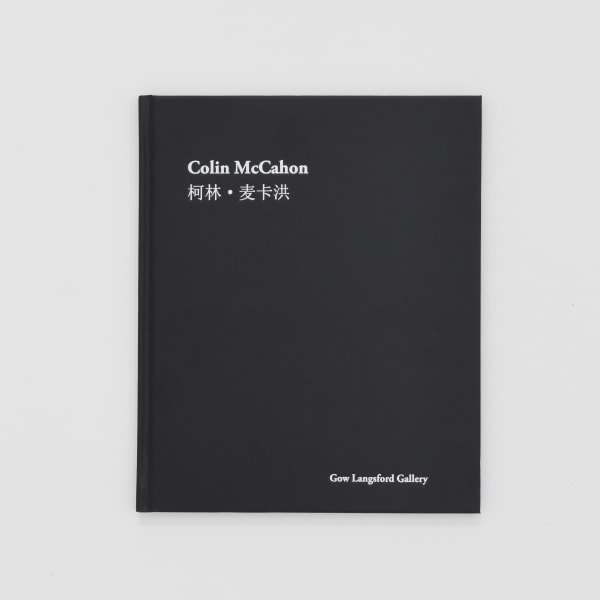
Colin McCahon
2018Hardback, 68 pagesRead more
Publisher: Gow Langsford Gallery
ISBN: 978-0-09941276-1-7
Dimensions: 255 x 210mm -

Colin McCahon: A Journey
2024Paperback, 54 pagesRead more
Publisher: Gow Langsford
ISBN: 978-1-99-115783-6
Dimensions: 240 x 187 x 5mm
-

Saving Colin McCahon: Up to $1.5m needed to fix failing database and find lost paintings
November 14, 2024 Read more -

Art Basel Online Viewing Rooms
March 18, 2020Gow Langsford Gallery is delighted to announce our participation in Art Basel’s first iteration of Online Viewing Rooms, a new digital platform designed to connect...Read more -

Colin McCahon: There is Only One Direction, Volume One, 1919-1959 | Book Launch Event
September 30, 2019Colin McCahon: There is Only One Direction, Volume One, 1919-1959 , a 360-page hardback is the first of a comprehensive two-volume study of the art...Read more -

Six days on the road with McCahon
September 10, 2019Hamish Coney writes for Newsroom as he takes a journey across New Zealand through the many exhibitions featuring works by Colin McCahon as we celebrate...Read more -

Across The Earth: 100 Years of Colin McCahon 'an Exhibition Not to Miss'
July 15, 2019Denizen has named Across The Earth: 100 Years of Colin McCahon 'an exhibition not to miss'. Read the full article here . The exhibition is...Read more -

Gow Langsford at Art Basel Hong Kong 2018
March 27, 2018Gow Langsford Gallery is gearing up for Art Basel Hong Kong 2018, opening officially tomorrow night. We are presenting works from one of New Zealand's...Read more -

McCahon sells for record price at auction
September 8, 2016Gallery director John Gow had a number of notable successes at last night’s Art + Object auction of the Tim and Sherrah Francis Collection that...Read more
-

A Potent Way of Talking - Book launch and fundraiser for Colin McCahon Legacy Project
24 Jul 2025Gow Langsford Gallery together with the Colin McCahon Legacy Project invite you to the launch of A Potent Way of Talking: Colin McCahon and the...Read more -

Colin McCahon Legacy Project Launch Event
20 Nov 2024Last month we hosted the official launch of the Colin McCahon Legacy Project’s new fundraising initiative Clouds 3. The project aims to raise essential funds...Read more
-
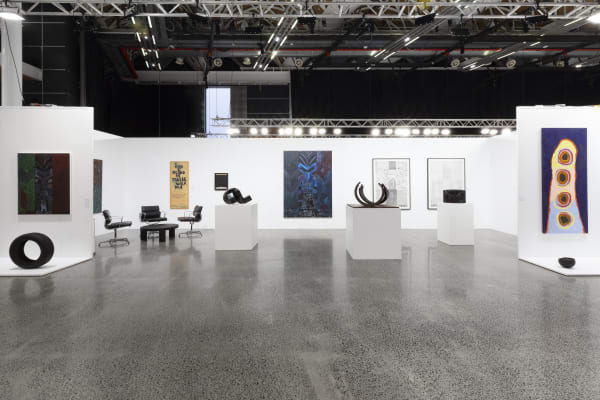
Aotearoa Art Fair 2025 | Booth G23 and U44
1 - 4 May 2025Gow Langsford is excited to return to the Aotearoa Art Fair with curated presentations of new work by leading contemporary voices across two booths. The...Read more -

Sydney Contemporary 2022 | Booth B02
8 - 11 Sep 2022The central focus of our presentation is a grouping of bronzes by Barry Flanagan (1941-2009, UK). His anthropomorphic hares engage in a variety of playful and spirited activities; they bound, balance, dance and contemplate. Shown alongside is a suite of new works by Shane Cotton (1965, NZ), and a selection of monochromatic works by revered painter Colin McCahon (1919-1987, NZ) together with paintings by John Pule (1962, Niue), Gordon Walters (1919-1995) and Max Gimblett (1935, NZ/USA).Read more -
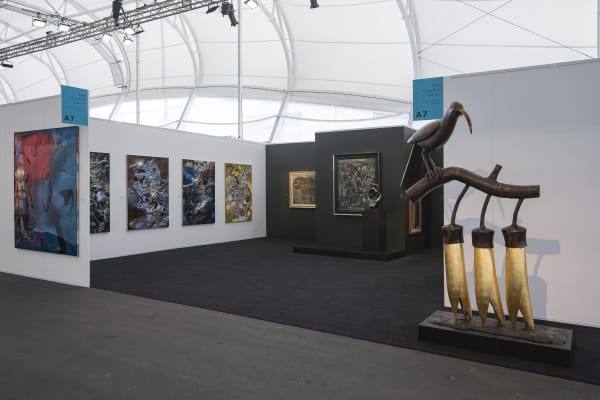
Auckland Art Fair 2021 | Booth A7
24 - 28 Feb 2021For the 2021 Auckland Art Fair, Gow Langsford Gallery will be showcasing new works by Graham Fletcher, Grace Wright, Paul Dibble, Gregor Kregar, André Hemer and Dale Frank, alongside preeminent New Zealand artists Colin McCahon and Tony Fomison. Our major highlight will be a sculpture by British Modernist Henry Moore alongside a key work by Frances Hodgkins.Read more -
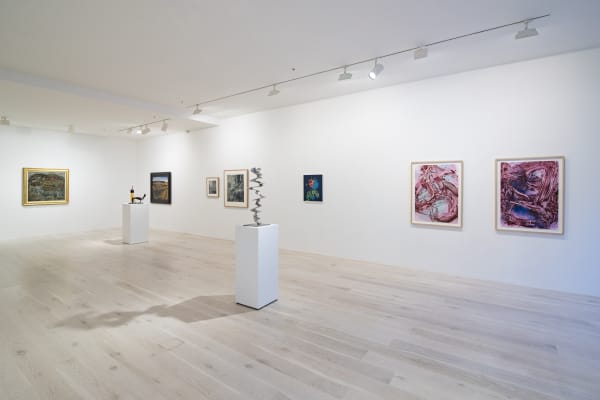
Auckland Art Fair Virtual Fair 2020
29 Apr - 6 Jun 2020Gow Langsford Gallery is pleased to be taking part in the Auckland Art Fair Virtual Fair from 30 April - 17 May. Artists included are Frances Hodgkins, Tony Cragg, Judy Millar, Louise Henderson, Dale Frank, John Pule, Paul Dibble, Karl Maughan, Reuben Paterson, Simon Ingram, Virginia Leonard, Max Gimblett and Colin McCahon.Read more -
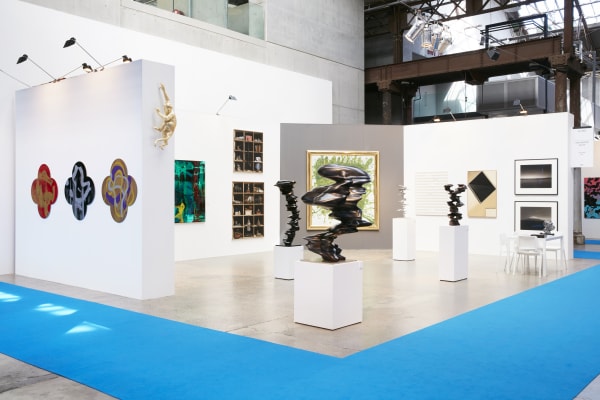
Sydney Contemporary 2019 | Booth B02
12 - 15 Sep 2019For Sydney Contemporary 2019, Gow Langsford Gallery is showcasing a range of works from New Zealand and Australian artists and works from prominent British sculptor Tony Cragg. Find us at Booth B02 to view works by John Olsen, Dale Frank, Lisa Roet, Colin McCahon, Gordon Walters, Laurence Aberhart, Dick Frizzell, Michael Hight, Reuben Paterson, Hugo Koha Lindsay, Judy Millar and Max Gimblett.Read more -
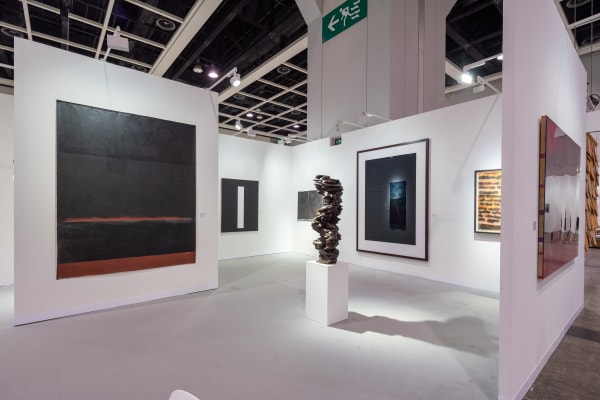
McCahon: In Conversation - Art Basel Hong Kong 2019 | Galleries Booth 3C15
27 - 31 Mar 2019For Art Basel Hong Kong Galleries 2019, Gow Langsford Gallery will present a selection of works that demonstrate Colin McCahon’s enduring influence, offering ABHK19 audiences a broader introduction to New Zealand art, while also considering McCahon’s practice in relation to his International contemporaries.Read more -
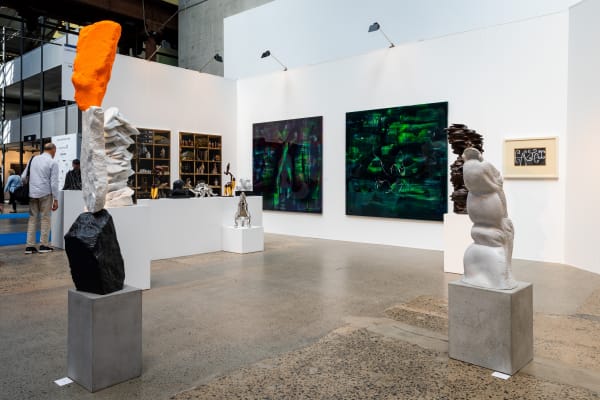
Sydney Contemporary 2018 | Booth B02
13 - 16 Sep 2018Gow Langsford Gallery will be exhibiting a selection of works from New Zealand and international artists at this years Sydney Contemporary held at Carriageworks. Visit Booth B02 to see works by Tony Cragg, Paul Dibble, Leah Emery, Dale Frank, Rosalie Gascoigne, Andre Hemer, Michael Hight, Sara Hughes, Gregor Kregar, Colin McCahon, David McCracken, Toby Raine, Lisa Roet, Ugo Rondinone and Bernar Venet.Read more -
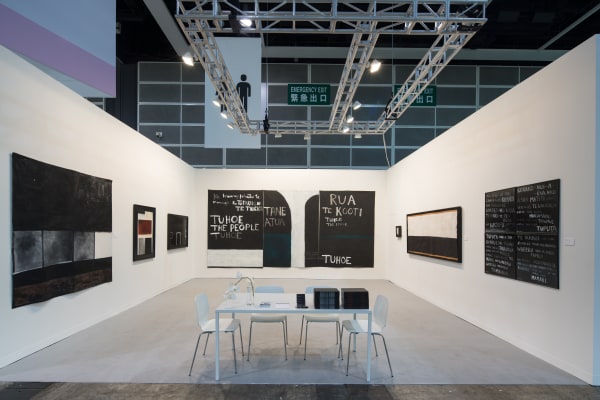
Colin McCahon at Art Basel Hong Kong 2018 | Booth 3D42
29 - 31 Mar 2018Gow Langsford Gallery is proud to present a survey of seminal works by New Zealand’s pre-eminent twentieth-century artist, Colin McCahon (1919-1987), at Art Basel Hong Kong 2018. This event will mark the first major exhibition of the artist’s work in Asia.Read more -

Sydney Contemporary 2017 | Booth B02
7 - 10 Sep 2017Gow Langsford Gallery will be participating in the Sydney Contemporary Art Fair from 7 - 10 September 2017. The gallery's booth (B02) will feature an international line up of artists including five significant works by Tony Cragg, and works by Dale Frank, Lee Ufan, Brett Whiteley, Rosalie Gascoigne, and Katharina Grosse. Works by prominent New Zealand artists, such as Colin McCahon, Judy Millar, Paul Dibble, Max Gimblett, and André Hemer will also be exhibited during the course of the Art Fair. Sydney Contemporary will be held at Carriageworks, 245 Wilson St, Eveleigh NSW 2015.Read more -
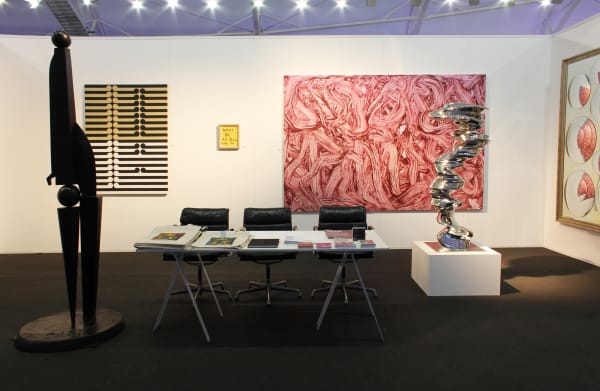
Auckland Art Fair 2016 | Booth B14
25 - 29 May 2016For the 2016 Auckland Art Fair, Gow Langsford Gallery will present a solo project by Dick Frizzell and a group showing of new works by selected gallery artists, both local and international. Frizzell’s I’m here for the Monkey painting is based on his Phantom works that began in the 1990s. Like a pick-a-path book, viewers are encouraged to make their own narratives by creating their own groupings of several smaller works. The title is based on a famous Phantom adventure. 2016 is the year of the monkey.Read more -
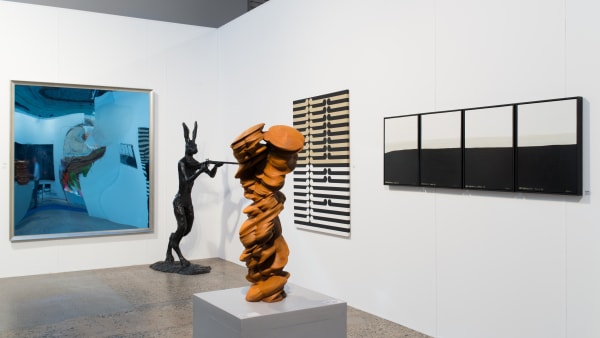
Sydney Contemporary 2015 | Booth B02
10 - 13 Sep 2015We are excited to be participating in Sydney Contemporary 2015. Visit us at Booth B2 and see new works by Judy Millar, Andre Hemer, James Cousins, Graham Fletcher, Dale Frank and Paul Dibble alongside works by Colin McCahon, Gordon Walters, Jono Rotman and Tony Cragg.Read more -
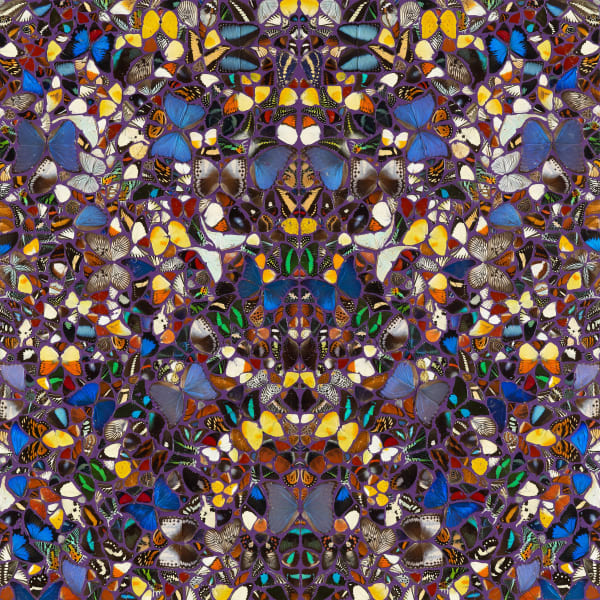
Sydney Contemporary 2013 | Booth C103
20 - 22 Sep 2013Sydney Contemporary is Sydney’s first international art fair showcasing work by emerging and established artists from leading Australian and international galleries. For the inaugural event Gow Langsford Gallery will curate a group exhibition including new work by gallery artists Judy Millar, Dale Frank, Tony Cragg, Sara Hughes, Max Gimblett, Bernar Venet and John Pule, alongside works by British artist Damien Hirst.Read more
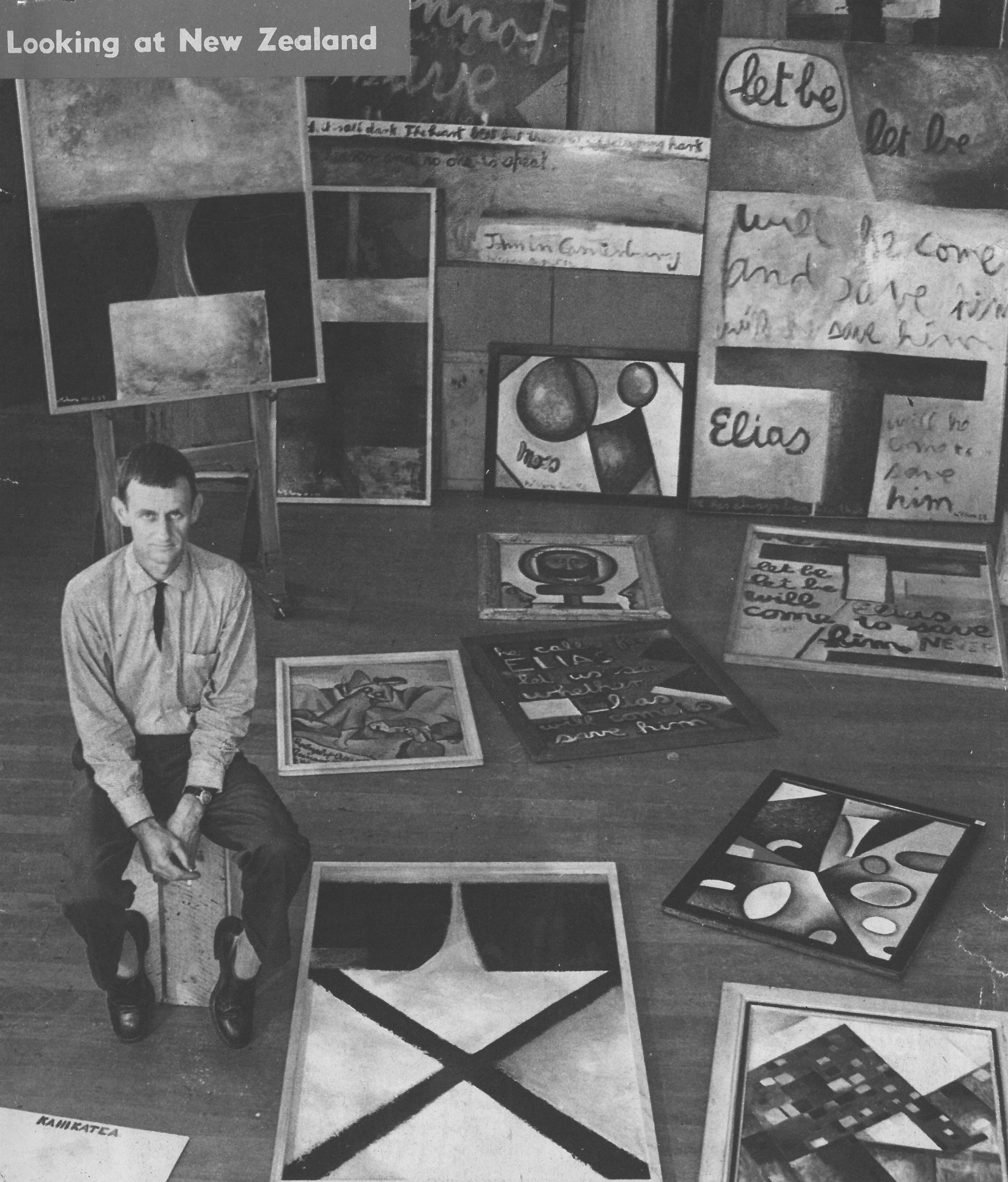







![Colin McCahon, [French Bay], 1959](https://artlogic-res.cloudinary.com/w_600,c_limit,f_auto,fl_lossy,q_auto/artlogicstorage/gowlangsford/images/view/67fafdd0347a11655316349b0b9a5eb6j/gowlangsford-colin-mccahon-french-bay-1959.jpg)







